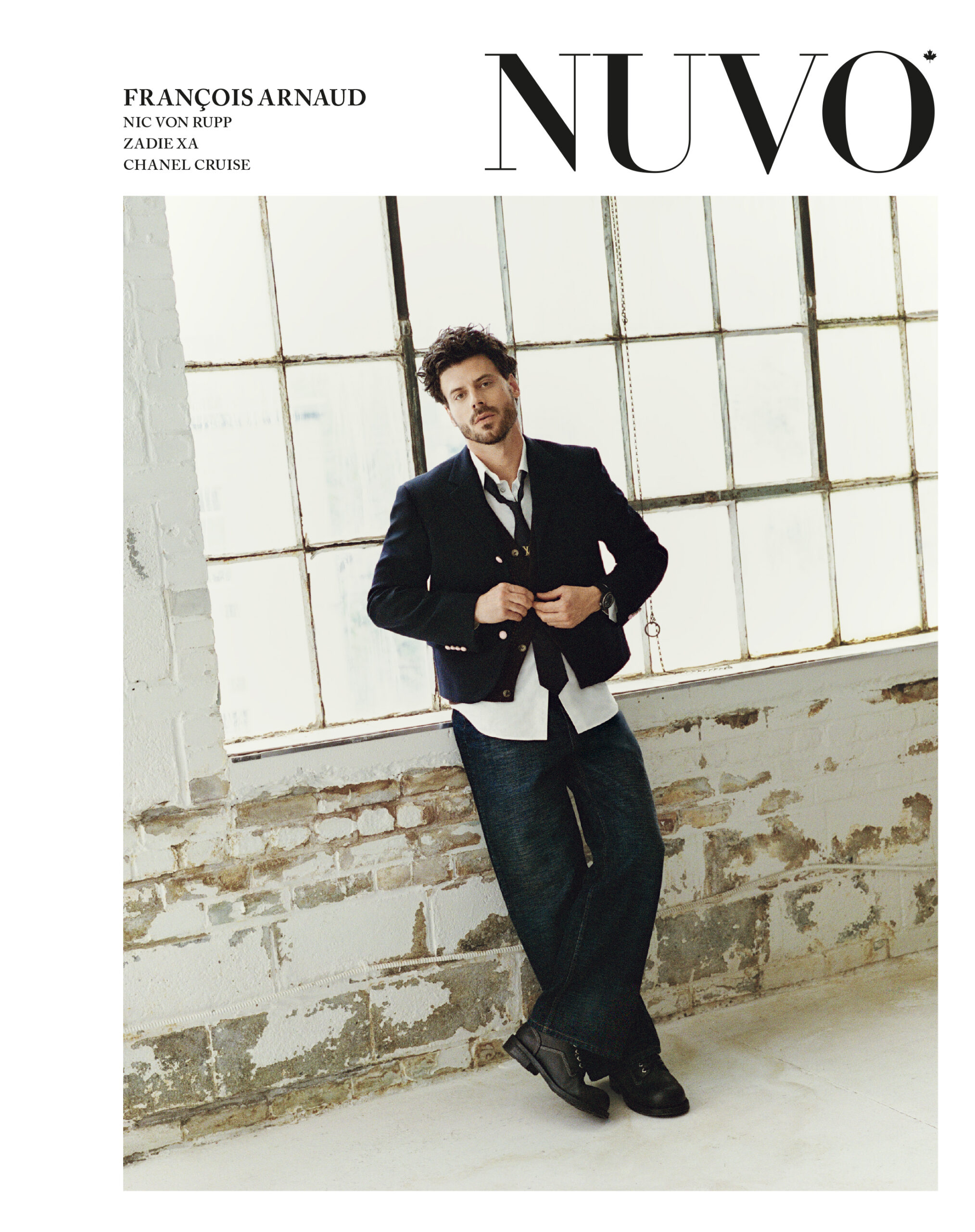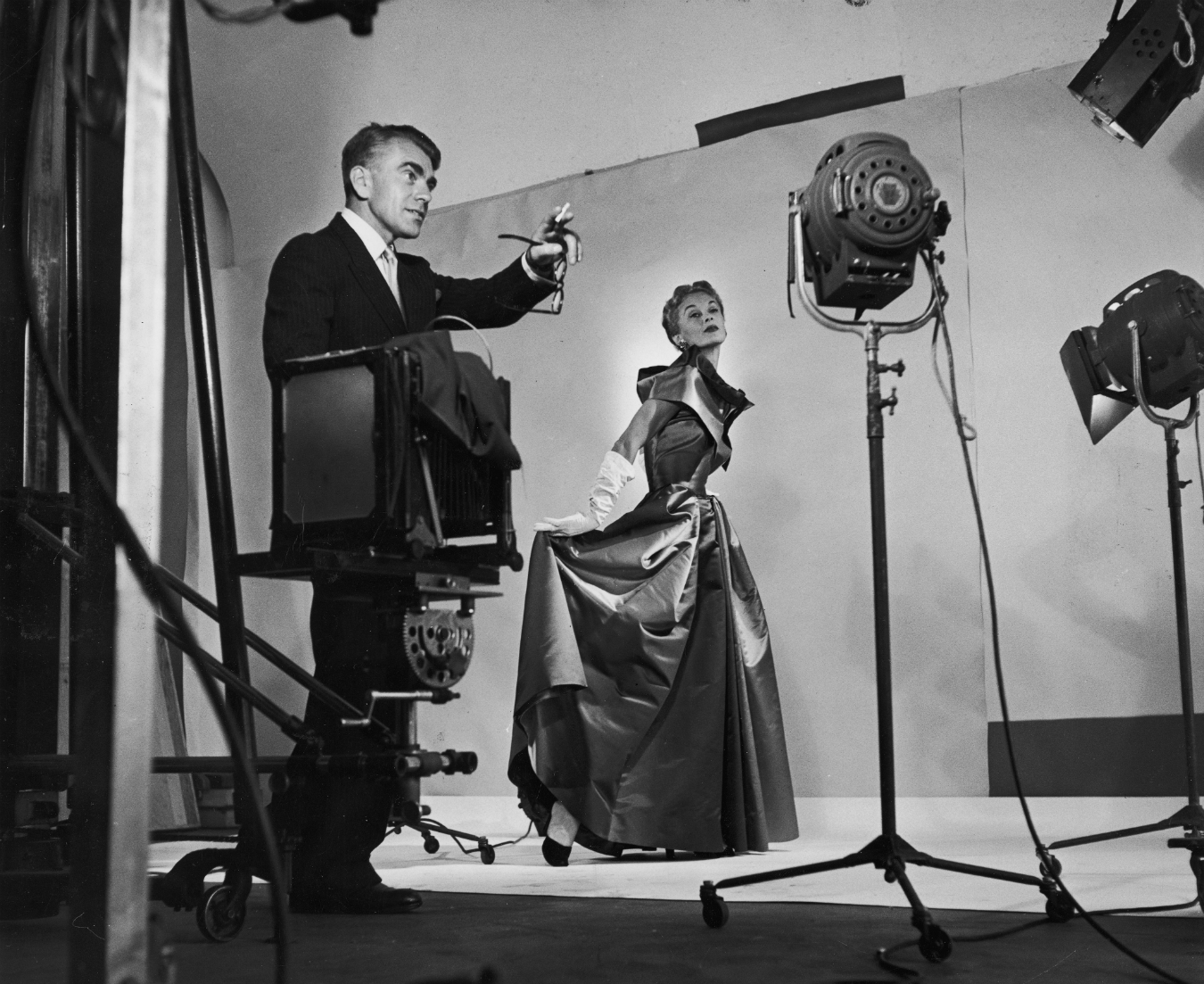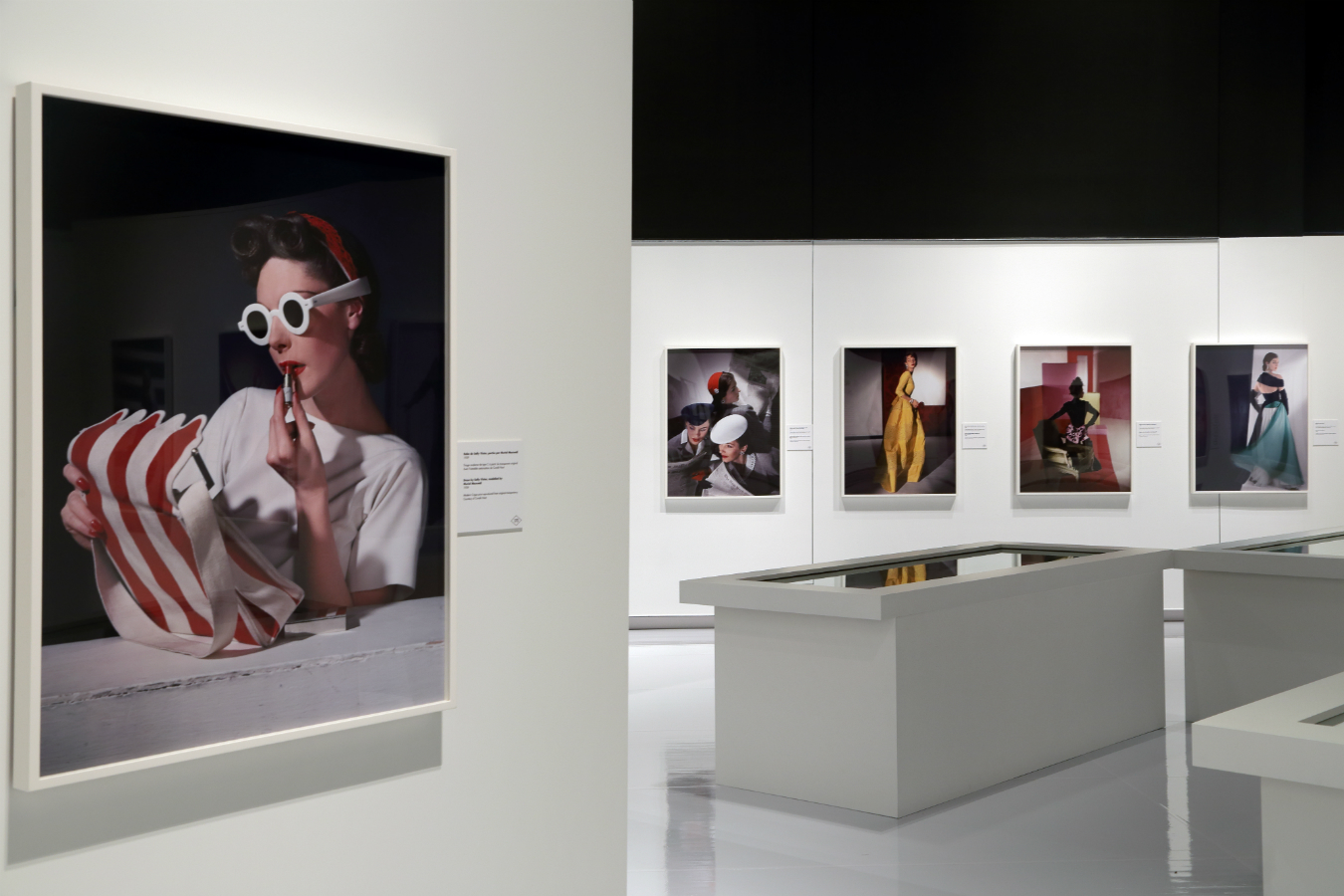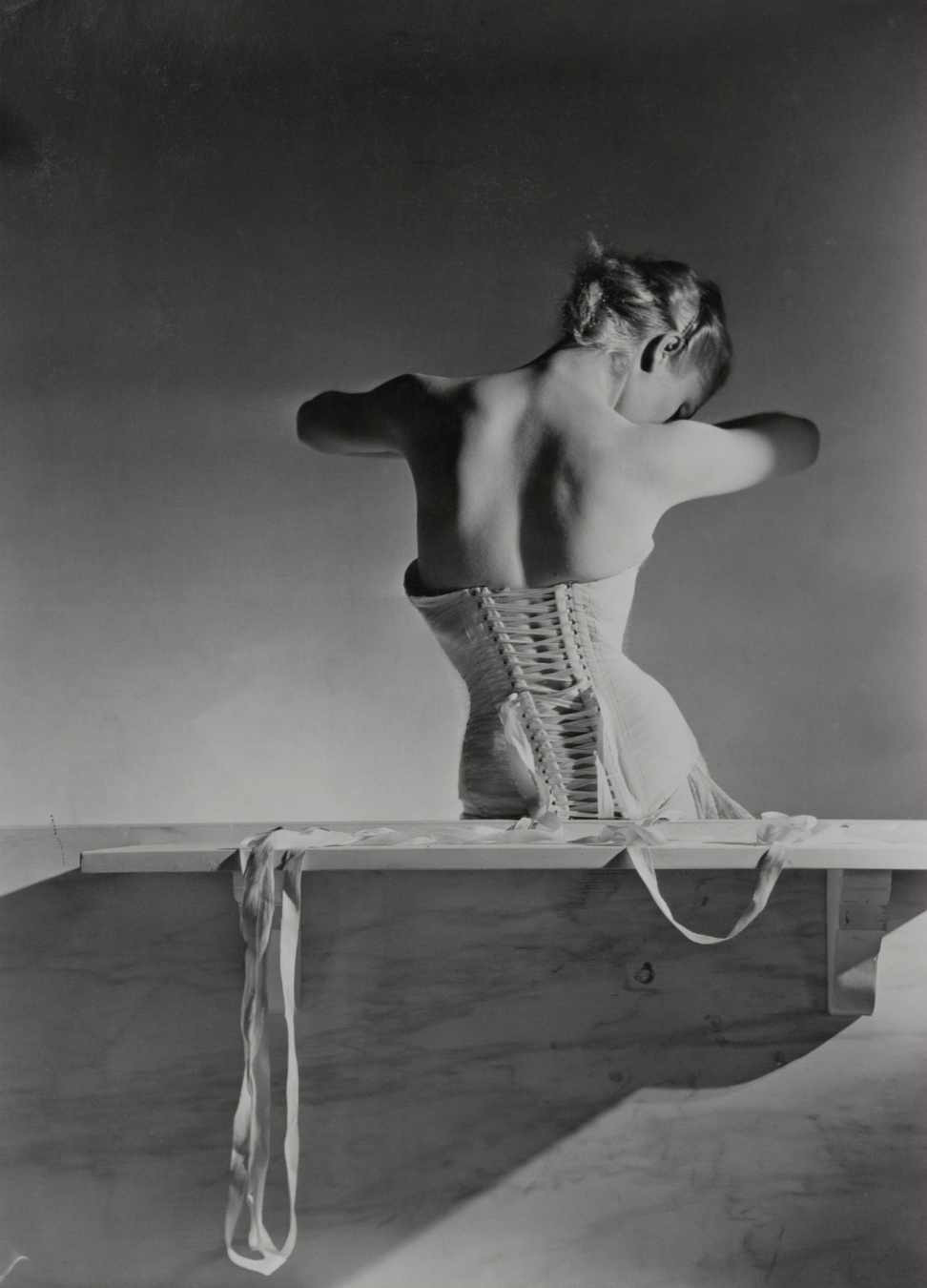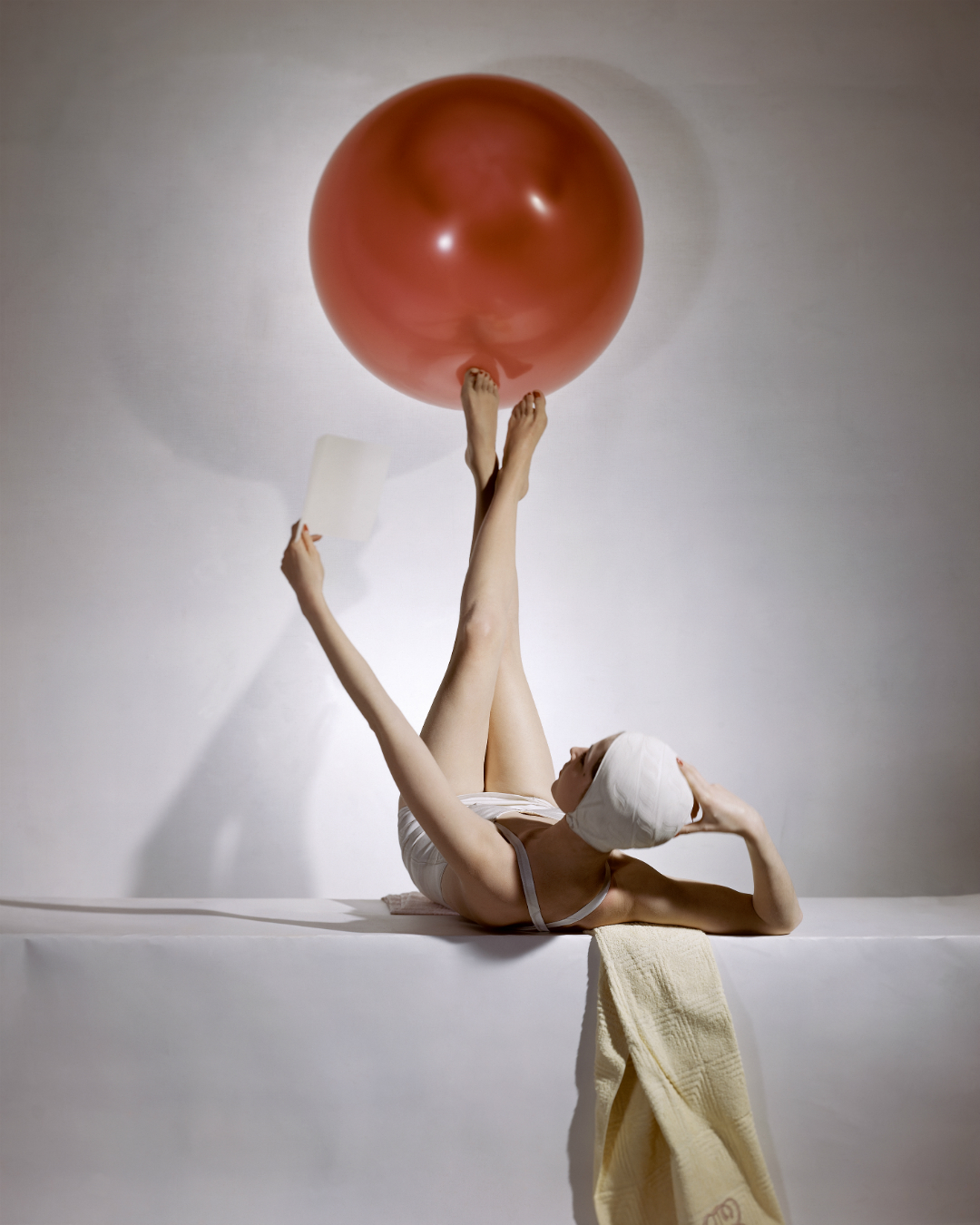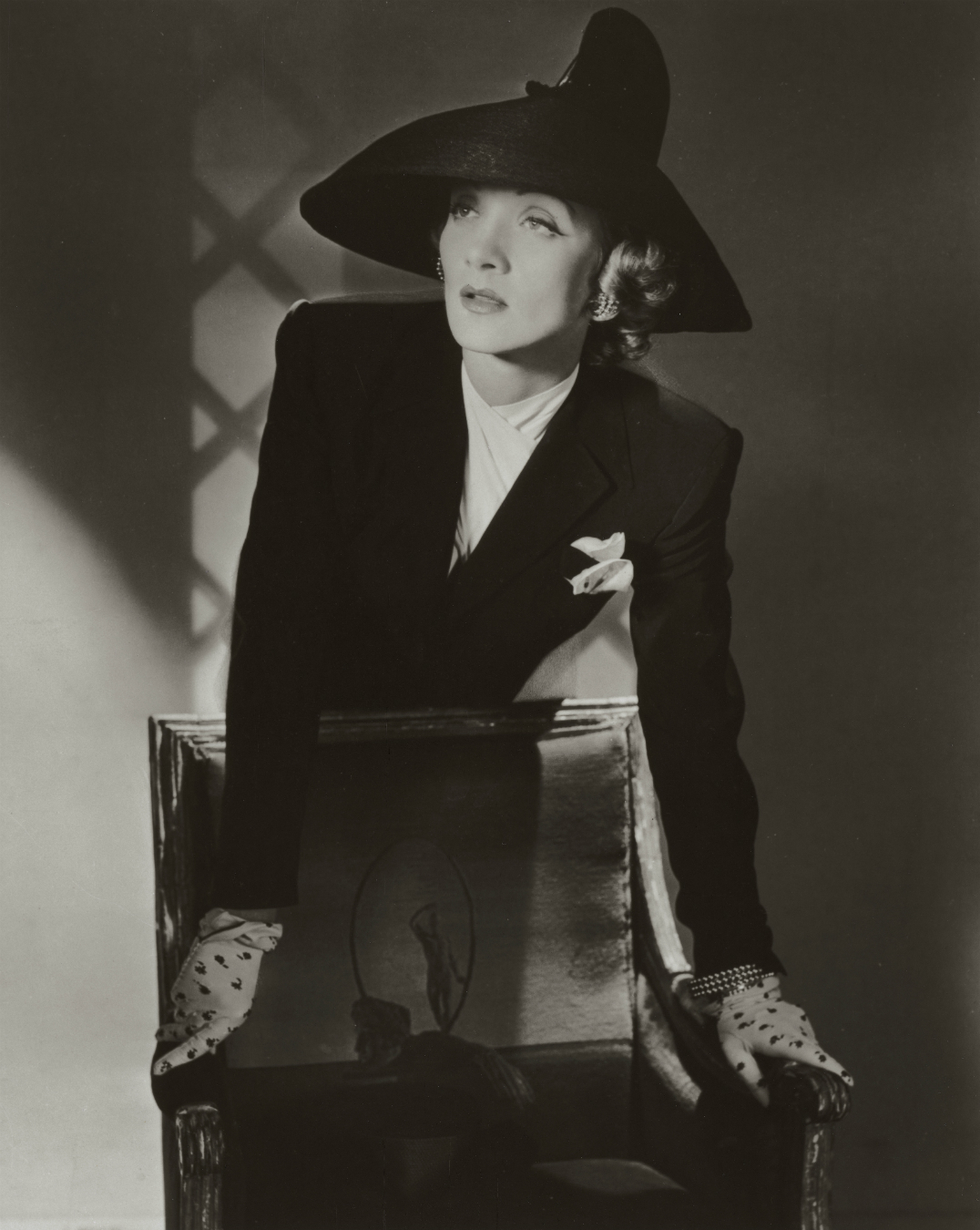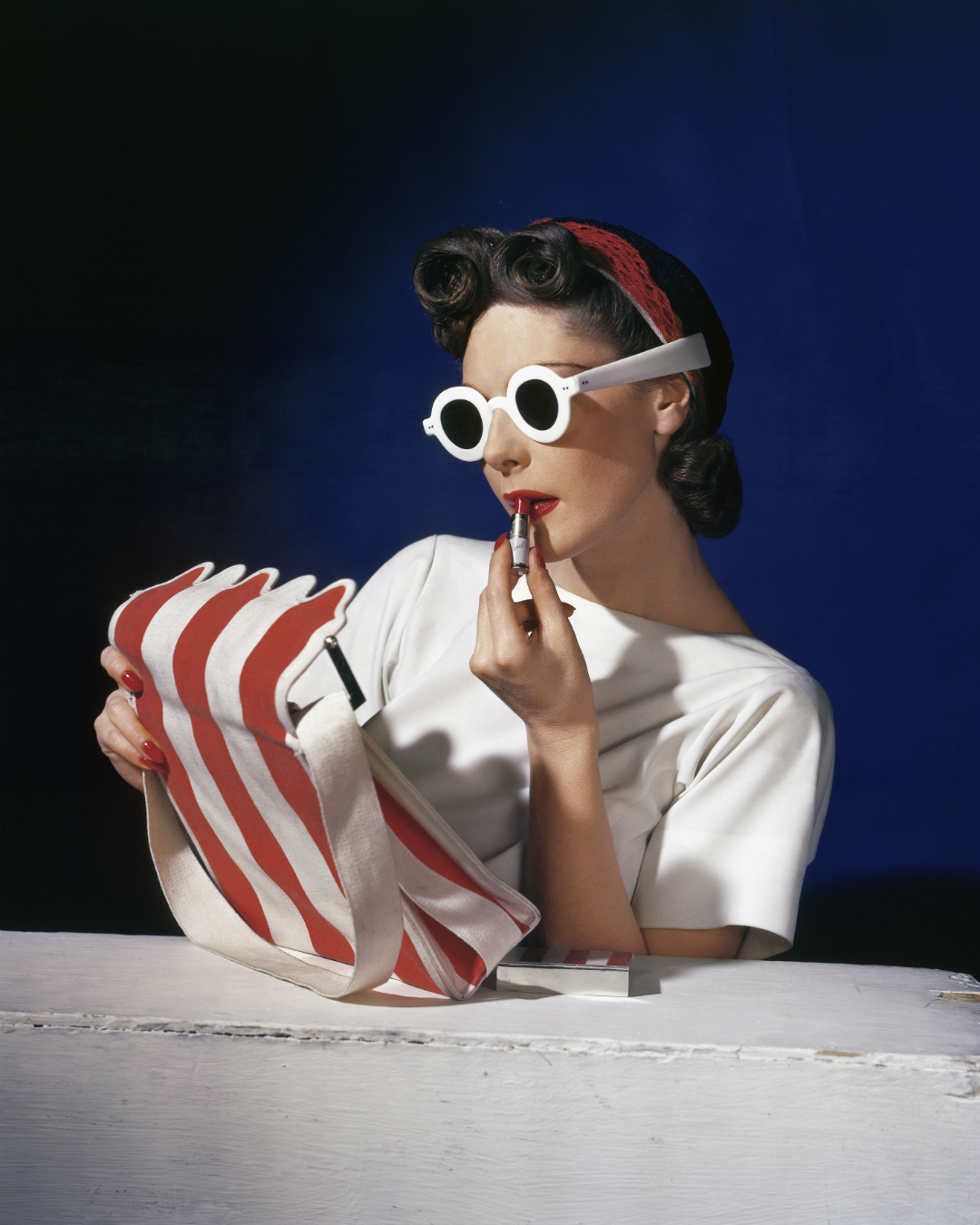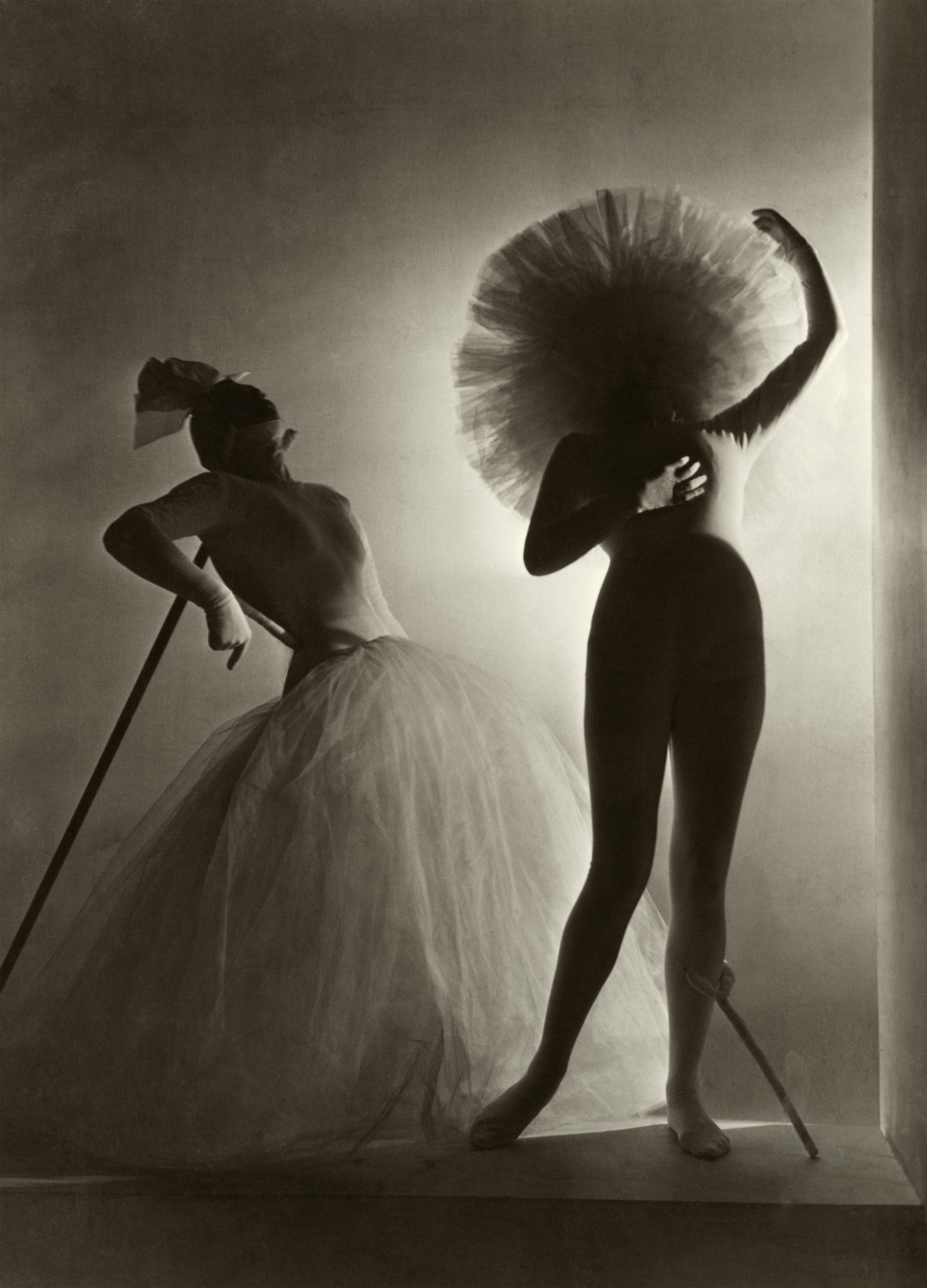A model shot against a dim backdrop wearing a corset that’s come undone is perhaps one of the most recognizable photographs of the twentieth century. Despite its enduring popularity, one doesn’t often, if at all, associate the iconic image with its auteur, Horst P. Horst. “What is interesting about Horst is that a lot of his photographs are familiar to people but they never connect the name and the picture,” says Susanna Brown, curator of photographs at the Victoria & Albert Museum in London. Shot in 1939 at the Vogue studio in Paris, just before Horst set sail for New York, his most famous print, Mainbocher Corset, is one of thousands of fashion stills and portraits the German-American photographer produced over an illustrious career spanning six decades.
Brown, who was recently in Montreal for the unveiling of Horst P. Horst: Photographer of Style, the exclusive North American retrospective of the works of the late photographer now showing at the McCord Museum, believes Horst is akin to the great fashion photographers of his day. “The more I looked at Horst’s work, the more I struggled to understand why he isn’t yet as revered as some of his fellow Vogue couture photographers of the last century like Richard Avedon, Irving Penn, and Cecil Beaton, who’ve become almost household names.”
A quick perusal of the exhibit, first presented last year at the Victoria & Albert Museum, includes more than 250 vintage black and white, and colour photographs alongside sketchbooks, archival footage, and couture dresses from his designer colleagues. Informed by classicism, particularly Greco-Roman sculpture and surrealism, Horst captured aristocratic figures, some of Old Hollywood’s brightest stars, and models and muses alike with a unique mastery of light and composition. Among his subjects, were Bette Davis, Marlene Dietrich, Elsa Schiaparelli, Salvador Dali and Coco Chanel, whom he called, “the queen of the whole thing.”
Born Horst Paul Albert Bohrmann in Weißenfels, Germany, Horst moved to Paris in 1930, where he learned photography under the tutelage of Baron George Hoyningen-Huene, then chief photographer at French Vogue. The partnership marked the beginning of an expansive career that saw Horst produce thousands of photographs and celebrity portraits. He left Paris in 1939 to escape the impending war and gained American citizenship in 1943. Over the years he developed a rich catalogue of varied lesser-known works including male nudes, the ruins of Persepolis and other travel shots, war photography, and still life collages. He also shot interiors that were commissioned by former American Vogue editor Diana Vreeland in the 1960s and produced with accompanying text by Valentine Lawford, Horst’s longtime partner.
“Horst is particularly rare among twentieth century fashion photographers in that his work comprehensively spans the glittering, magical world of the pre-war haute couture in Paris and post-war ready-to-wear collections in America,” says Brown. “Nevertheless, he never let go of his 1930s sensibilities, his early understanding of Classicism, of classical proportion and design.”
Indeed, while Horst adapted to changing photographic technologies with ease, as evidenced by his deft colour photography, the shots he captured from his days as a fledgling photographer in Paris transcend time. Finally, so too will the memory of Horst.

